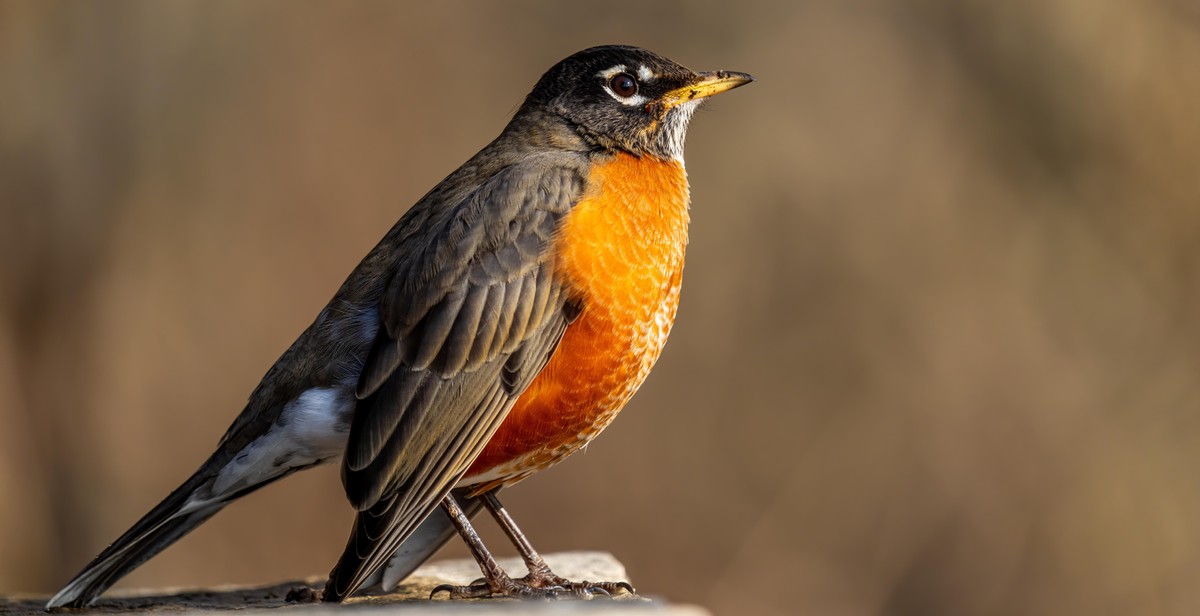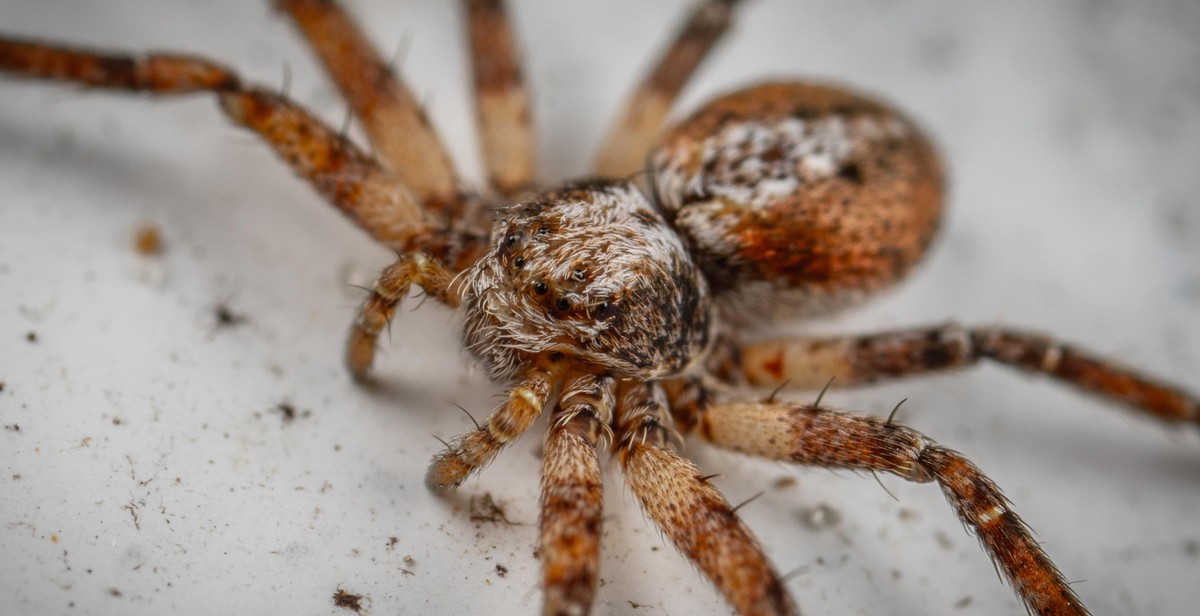How to Experience Central American Wildlife: Safely Observing Local Fauna
Central America is a wildlife haven, with a diverse range of species that are unique to the region. From jaguars and tapirs to toucans and monkeys, the wildlife in Central America is truly spectacular. As a professional article writer and content creator with years of experience, I have had the privilege of experiencing Central American wildlife firsthand and have learned how to observe these animals safely and respectfully.
Why Central America is a Wildlife Haven
The tropical climate and lush rainforests of Central America provide the perfect habitat for a wide variety of wildlife. With its location between North and South America, Central America also serves as a crucial corridor for the movement of species between the two continents. This has led to the evolution of many unique species that are found nowhere else in the world.
Despite the incredible biodiversity of the region, Central American wildlife is under threat from habitat loss, poaching, and climate change. It is more important than ever to observe these animals responsibly and support conservation efforts.
- In this article, I will share my tips for safely observing Central American wildlife.
- I will also discuss the importance of responsible tourism and supporting local conservation efforts.
Whether you are a seasoned wildlife enthusiast or a first-time visitor to the region, I hope that this article will inspire you to experience the wonder of Central American wildlife while also ensuring their protection for generations to come.

Planning Your Wildlife Adventure
Central America is a wildlife enthusiast’s paradise. The region is home to a diverse array of flora and fauna, making it an ideal destination for those who love to observe nature up close. However, before embarking on your wildlife adventure, it is important to plan ahead to ensure a safe and enjoyable experience.
Choosing Your Destination
Central America is a large region with many different countries and ecosystems to explore. When planning your wildlife adventure, consider which destinations will offer the best opportunities to observe the animals you are most interested in. For example, Costa Rica is known for its sloths, monkeys, and colorful birds, while Belize is home to jaguars, tapirs, and manatees.
It is also important to research the safety of your chosen destination. Some areas may have high crime rates or dangerous wildlife that require extra precautions. The US State Department provides up-to-date travel advisories for Central American countries, which should be consulted before making any travel plans.
The Best Time to Visit
The best time to visit Central America for wildlife observation will depend on the specific animals you wish to see. For example, sea turtles nest on the Pacific coast of Costa Rica from July to December, while humpback whales can be seen off the coast of Panama from July to October.
Additionally, it is important to consider the weather when planning your trip. The rainy season in Central America typically runs from May to November, which can make wildlife observation more difficult. However, this time of year can also be less crowded and offer lower prices for accommodations and activities.
Packing Essentials for Wildlife Observation
When embarking on a wildlife adventure in Central America, it is important to pack the right gear to ensure a safe and enjoyable experience. Some essential items include:
- Binoculars or a camera with a good zoom lens
- Lightweight, breathable clothing that covers your skin to protect against bugs and sunburn
- Sturdy hiking boots or shoes
- Sunscreen and insect repellent
- A reusable water bottle and snacks
Additionally, it is important to respect the wildlife and their habitats by following local rules and regulations. Do not approach or feed wild animals, and stay on designated paths to avoid damaging the ecosystem.
| Destination | Best Time to Visit |
|---|---|
| Costa Rica | December to April |
| Belize | December to May |
| Panama | January to March |

Safety Tips for Wildlife Observation
Observing wildlife can be an unforgettable experience, but it is important to remember that we are visitors in their natural habitat. Here are some safety tips to keep in mind:
Respect the Wildlife
Wild animals are not pets, and they should never be treated as such. Do not attempt to touch or feed them, and avoid making loud noises or sudden movements that could startle or agitate them. Remember that these creatures are living beings with their own instincts and behaviors. Respect their space and let them be.
Keep Your Distance
One of the most important rules of wildlife observation is to keep a safe distance from the animals. This not only protects you from potential harm but also prevents you from disrupting their natural behavior. Different species may require different distances, so make sure to research each animal before approaching them. As a general rule, stay at least 100 feet away from large mammals such as jaguars, and at least 30 feet away from monkeys and birds.
Be Mindful of Your Surroundings
When observing wildlife, it is important to be aware of your surroundings at all times. Look out for potential hazards such as steep cliffs, deep water, or poisonous plants. Be mindful of the weather conditions and avoid getting too close to animals during mating season or when they are with their offspring. Always stay on designated paths and trails, and never venture into restricted areas.
Travel with a Guide
One of the best ways to ensure a safe and enjoyable wildlife observation experience is to travel with a knowledgeable guide. They can not only provide valuable information about the local fauna but also keep you safe by identifying potential risks and guiding you through unfamiliar terrain. A guide can also help you navigate cultural differences and avoid offending local communities.
| DO | DON’T |
|---|---|
| Respect the wildlife’s natural habitat | Approach or touch the animals |
| Keep a safe distance | Make loud noises or sudden movements |
| Be aware of your surroundings | Ignore potential hazards |
| Travel with a guide | Disrespect cultural differences |

Top Wildlife Destinations in Central America
Central America is home to some of the most diverse and unique wildlife in the world. From lush rainforests to stunning beaches, there are plenty of places to experience the local fauna in their natural habitat. Here are the top wildlife destinations in Central America:
Costa Rica
Costa Rica is a must-visit destination for wildlife enthusiasts. The country is home to over 500,000 species, including the endangered jaguar and sea turtles. The Corcovado National Park is a popular destination for birdwatchers, with over 400 species of birds found here. The Tortuguero National Park is another must-visit destination for sea turtle lovers, where you can witness the nesting and hatching of sea turtles.
Panama
Panama is a wildlife-rich country that boasts a diverse range of ecosystems, including rainforests, beaches, and coral reefs. The Soberania National Park is a popular destination for birdwatchers, with over 500 species of birds found here. The Bocas del Toro archipelago is another must-visit destination for marine life enthusiasts, with dolphins, sea turtles, and colorful fish found in the crystal-clear waters.
Belize
Belize is known for its stunning coral reefs, which are home to a diverse range of marine life, including sharks, rays, and sea turtles. The country is also home to the jaguar and howler monkey, which can be spotted in the Cockscomb Basin Wildlife Sanctuary.
Honduras
Honduras is a wildlife paradise, with over 700 species of birds and 100 species of mammals found here. The Pico Bonito National Park is a popular destination for birdwatchers, with over 400 species of birds found here. The Mosquito Coast is another must-visit destination for wildlife enthusiasts, with sea turtles, dolphins, and manatees found in the waters.
Guatemala
Guatemala is home to a diverse range of wildlife, including the jaguar and howler monkey. The Tikal National Park is a popular destination for wildlife enthusiasts, with over 300 species of birds found here. The Lake Atitlan is another must-visit destination for birdwatchers, with over 200 species of birds found here.
Nicaragua
Nicaragua is a wildlife-rich country that boasts a diverse range of ecosystems, including rainforests, beaches, and volcanoes. The Mombacho Volcano Nature Reserve is a popular destination for birdwatchers, with over 170 species of birds found here. The Indio Maiz Biological Reserve is another must-visit destination for wildlife enthusiasts, with jaguars, monkeys, and tapirs found in the rainforest.
| Country | Top Wildlife Destinations |
|---|---|
| Costa Rica | Corcovado National Park, Tortuguero National Park |
| Panama | Soberania National Park, Bocas del Toro archipelago |
| Belize | Cockscomb Basin Wildlife Sanctuary, Belize Barrier Reef |
| Honduras | Pico Bonito National Park, Mosquito Coast |
| Guatemala | Tikal National Park, Lake Atitlan |
| Nicaragua | Mombacho Volcano Nature Reserve, Indio Maiz Biological Reserve |

Conclusion
Experiencing Central American wildlife can be a thrilling adventure, but it is important to do so safely and responsibly. By following the tips outlined in this article, you can observe local fauna without causing harm to the animals or their habitats.
Remember to always respect the wildlife and their natural surroundings, and never approach or touch wild animals. It’s also essential to choose reputable tour operators and guides who prioritize the safety of both the animals and the visitors.
Whether you’re exploring the lush rainforests of Costa Rica or the vast savannas of Belize, there is an abundance of unique and fascinating wildlife to discover. By taking the necessary precautions and respecting the animals, you can have an unforgettable experience while also contributing to the conservation efforts in the region.
- Always keep a safe distance from wild animals
- Do not feed or touch the animals
- Choose reputable tour operators and guides
- Respect the animals and their natural habitats
- Contribute to conservation efforts in the region
By following these guidelines, you can have a safe and enjoyable wildlife experience in Central America. So pack your binoculars and camera, and get ready to witness some of the most incredible creatures on the planet.
